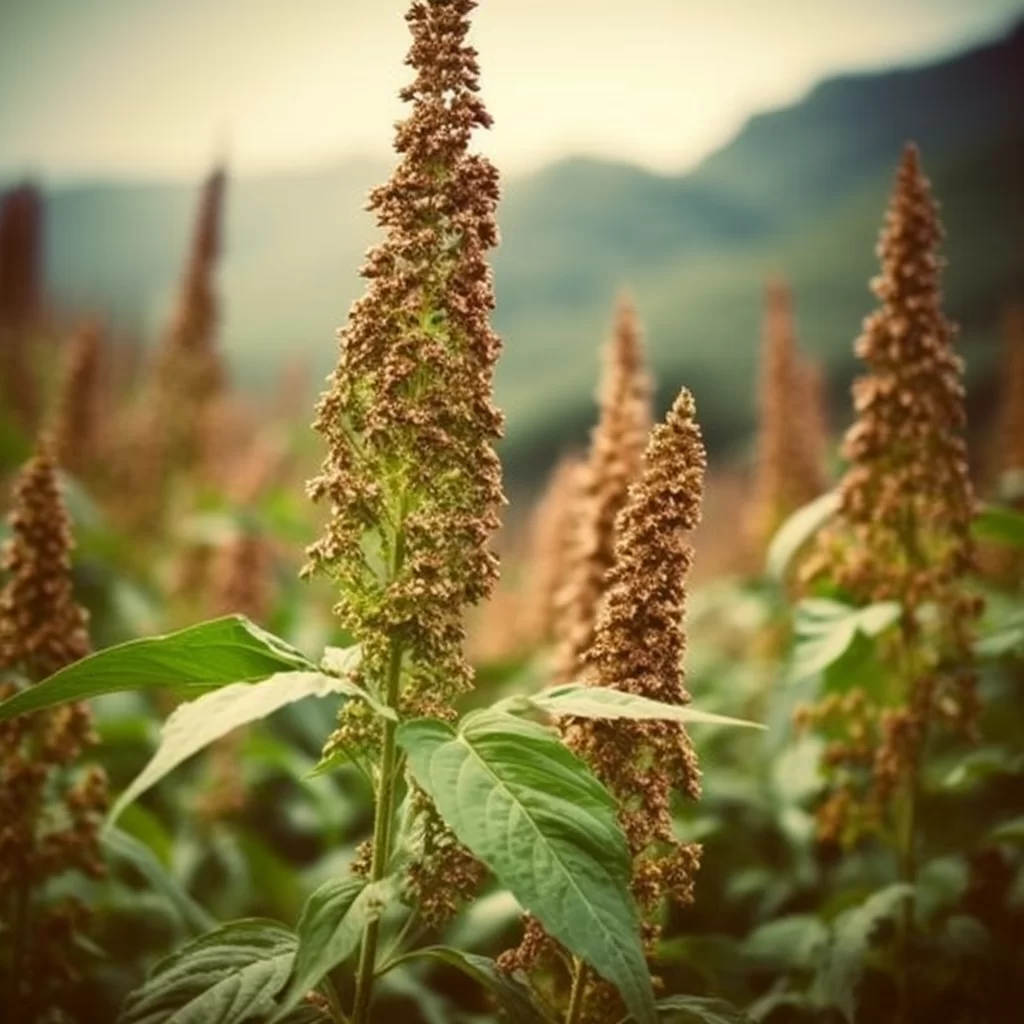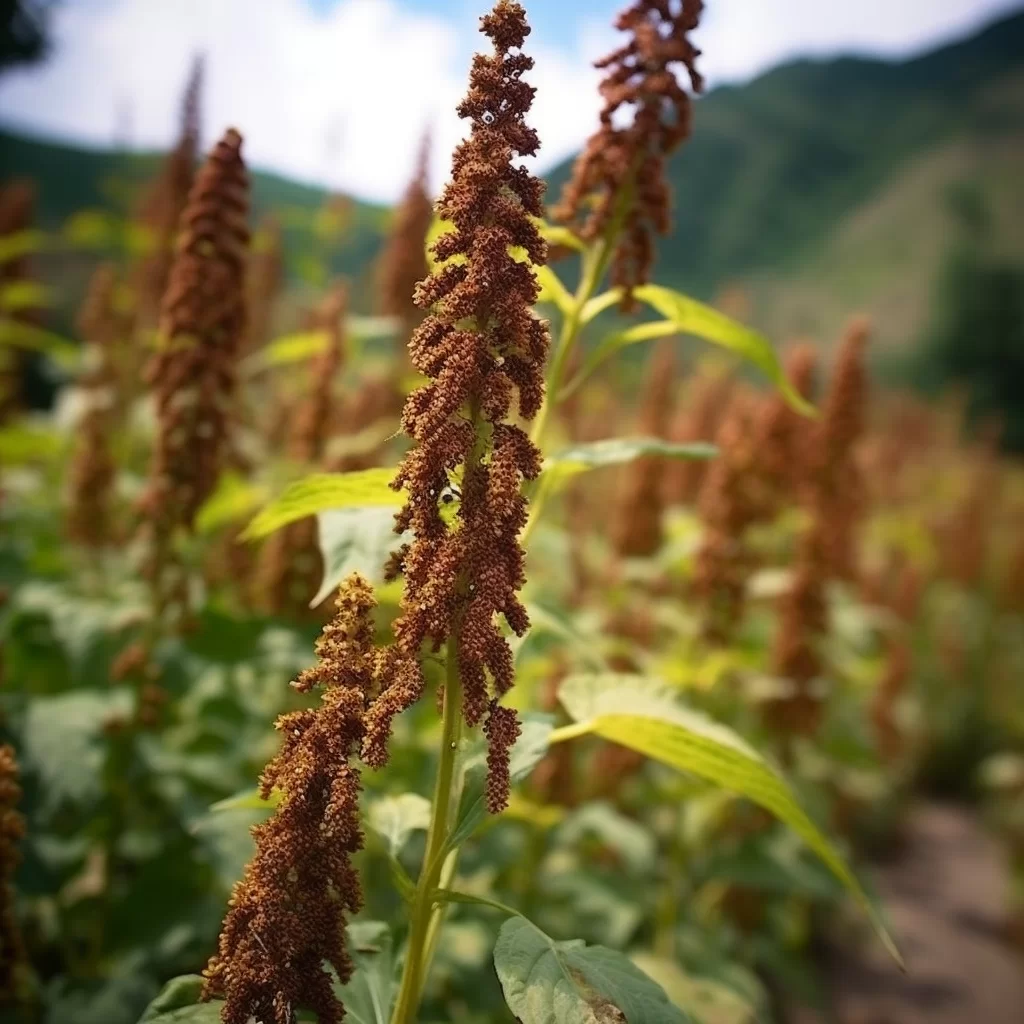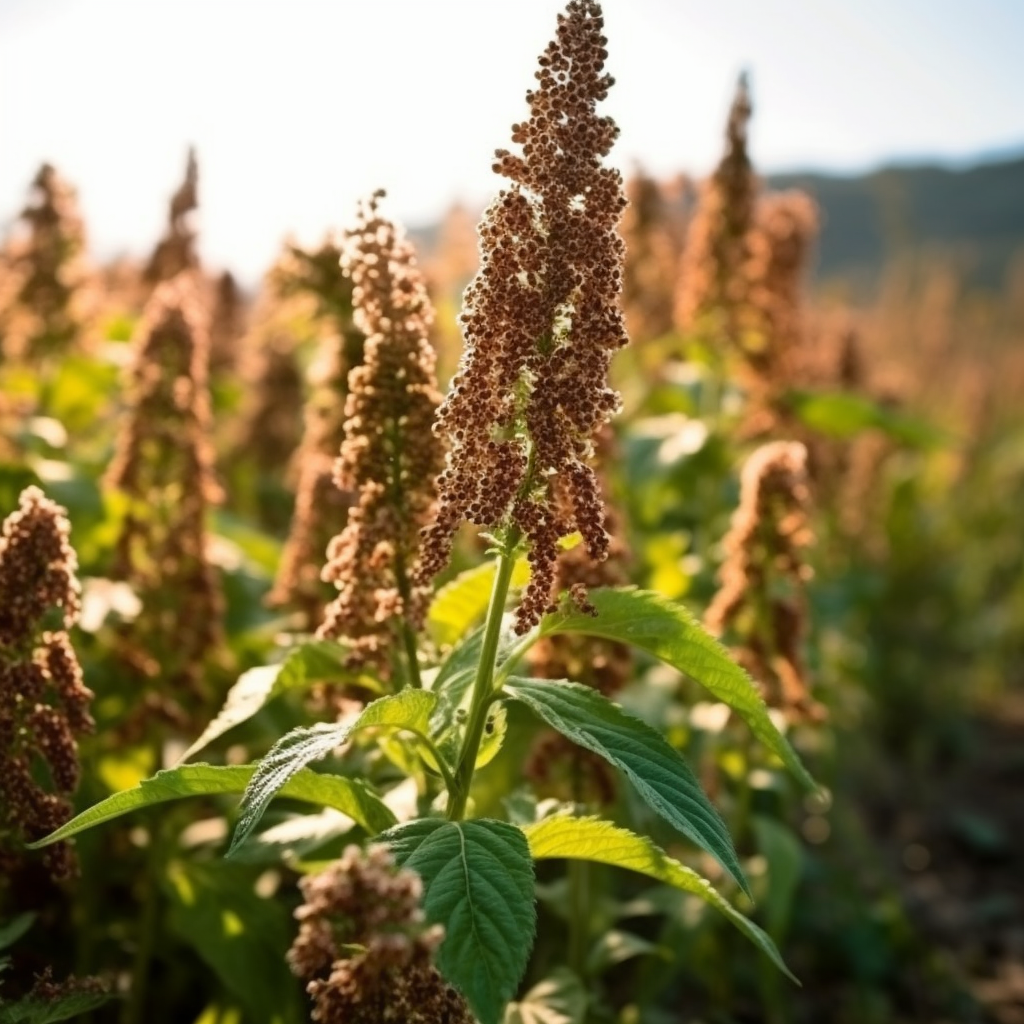Story of Day :
Contents
The Quinoa Plant: A Complete Guide and Care Tips
Are you looking for a plant that is easy to grow, healthy to eat, and looks beautiful in your garden? Look no further than the quinoa plant! This versatile crop is not only a staple food in many parts of the world, but it is also an excellent addition to any home garden. In this article, we will provide you with a complete guide on how to grow and care for quinoa plants.
What is Quinoa?
Quinoa (pronounced KEEN-wah) is a grain that originated in the Andes region of South America. It has been cultivated for thousands of years by indigenous people as a staple food source. Today, quinoa has gained worldwide popularity due to its high nutritional value and versatility in cooking.

Why Grow Quinoa?
- Nutrition: Quinoa contains all nine essential amino acids making it one of the few plant-based complete proteins. It’s also high in fiber, vitamins B and E, iron, magnesium, calcium and antioxidants.
- Garden Beauty: The leaves of quinoa plants are attractive with their purple or red hues. The plants can grow up to 3-6 feet tall which adds great height diversity when planted alongside other crops or as part of an ornamental garden design.
- Drought Tolerant: Traditionally grown at higher altitudes where water availability was limited so they are well adapted to growing environments with low moisture levels making them perfect for dry gardens areas or regions experiencing drought conditions
.
Caring for Your Quinoa Plant

If you want your quinoa plant to thrive then follow these guidelines:
- Soil: The ideal soil pH for quinoa is 6.0-8.0 but they can tolerate a range between 5.0-9.5 so they are quite adaptable to different types of soil as long as it’s well-draining with good air circulation.
- Sunlight: Quinoa plants require full sun exposure, which means at least 6 hours of direct sunlight daily.
- Watering: Quinoa plants don’t need a lot of water and can tolerate drought conditions making them perfect for areas experiencing low rainfall or water restrictions in place due to droughts . Water regularly until the seed heads begin to form then gradually reduce watering until harvest time.
- Fertilizer: Quinoa plants are low maintenance and don’t require fertilizer however if you do want to use one, opt-in for organic fertilizers that contain nitrogen, phosphorus, potassium and micronutrients like compost tea every two weeks starting when the seedlings reach about six inches tall
.
Growing Your Own Quinoa Plant

If you’re ready to grow your own quinoa plant here is all you need to know:
- Purchase Seeds: You will need seeds if you want your own quinoa plant; these can be found online or at local garden centers and nurseries.
- Sowing: Sow the seeds directly into well-draining soil when the last frost has passed and soil temperature is at least 60°F.
- Spacing: Space quinoa plants around 6 inches apart as it allows room for them to grow bigger as they mature so that they do not compete with one another for resources.
- Care: After sowing, keep the soil moist but not too wet. Once seedlings have sprouted, thin them out to about 6 inches between each plant. Mulching around your plants can help retain moisture and reduce weed growth in addition to controlling pests.
Pests And Diseases

The good news is that quinoa plants are fairly resistant to most pests and diseases. However, like other crops snails ,slugs or birds can be a menace eating away seedlings before they get established or during flowering time eat all of your produce . To combat these issues you may want ot invest in a physical barrier like netting over the garden bed to prevent birds from devouring seed heads or using natural pest deterrents such as neem oil which is effective against aphids , spider mites and whiteflies
.
Harvesting Quinoa
You will know its time harvest when leaves start yellowing and falling off which means that grains are ready for harvesting. This typically occurs after 90-120 days from sowing depending on weather conditions. When most of the seeds turn brownish-yellow, cut off just below panicle head then let dry out fully threshed by rubbing together gently removing any chaff with small horticultural sieve or winnowing basket until only clean grains remain before storing it in an airtight container.
Conclusion
Quinoa plants are an excellent addition to any garden. They are easy to grow, low maintenance and have many health benefits . By following the tips outlined in this article, you can ensure that your quinoa plant grows healthy and yields a bountiful harvest.

